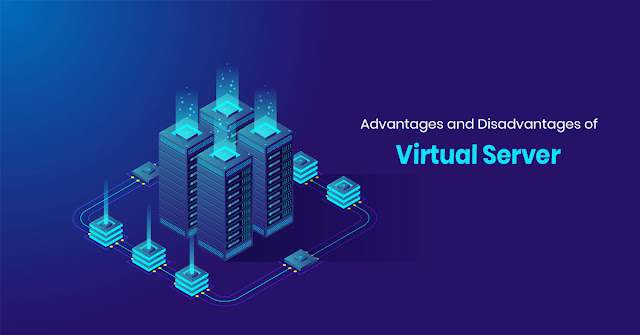Benefits of Server Virtualization
Server virtualization has been in the trend for a couple of last years and it is a reality that knocks companies, bringing numerous benefits to all who seek the resource savings and a more effective IT management. Furthermore, it is a green technology.
Server virtualization is the concept of taking a physical server and, with the help of virtualization software, partitioning the server, or dividing it up, so that it appears as multiple “virtual servers,” each of which can run their copy of an operating system.
To give a broader view of server virtualization, here is a comprehensive list of advantages and disadvantages, which can be compensated by using a cloud provider with recognized market action.
Let’s check out the advantages and disadvantages of Virtual Server.
Advantages of Virtual Server:
1. Facilities to be simplified, space-saving, time and cost-saving.
2. Centralized management and Full compatibility with applications.
3. Greater availability and easier recovery in case of disaster.
4. The ability for running backups and can use multiple operating system environments on the same computer.
5. Controlled access to sensitive data and intellectual property by keeping them safe inside the data center.
6. Best use of space: the fewer physical devices installed, the greater the availability of space in racks.
7. Migrating servers to new hardware transparently.
8. Reliability and Availability – the failure of software does not affect the other services.
9. The cost reduction is possible using small virtual servers on a more powerful single server.
10. Adapting to different workloads, which can be treated simply. Typically, virtualization software reallocates hardware resources dynamically between a virtual machine and another.
11. Load balancing: the whole virtual machine is encapsulated. Thus, it becomes easy to change the virtual machine platform and increase its performance.
12. Support for legacy applications: when a company decides to migrate to a new operating system, you can keep your old operating system running in a virtual machine, which reduces the cost of migration.
13. Reduction of personnel costs, power, and cooling by using less physical equipment.
14. Better utilization of hardware – the hardware sharing by virtual machines is reduced to idle equipment.
15. Creates independent user environments. Keeping everything separate is especially useful for purposes like software testing.
16. Reduced downtime.
17. Ease of migration environments – prevents reinstallation and reconfiguration of systems to be migrated.
Disadvantages of Virtual Server:
1. The biggest disadvantage of virtual servers is that if or when the server goes offline, all the websites hosted by it will also go down. Hence, to solve this, the company could set up a cluster of servers.
2. Management – virtual environments need to be instantiated (create instances on virtual machines), monitored, configured and saved.
3. Difficulty indirect access to hardware, for example, specific cards or USB devices.
4. Performance – currently, there are no consolidated methods to measure the performance of virtualized environments.
5. When several virtual machines are running on the same host, performance maybe hindered if the computer it’s running on lacks sufficient power.
6. Huge RAM consumption since each virtual machine will occupy a separate area of the same.
7. It requires multiple links in a chain that must work together cohesively.
8. Great use of disk space, since it takes all the files for each operating system installed on each virtual machine.
The advantages and disadvantages of virtualization are a clear indicator that it can be a useful tool for individuals, entrepreneurs, and enterprises when used properly.








0 comments:
Post a Comment